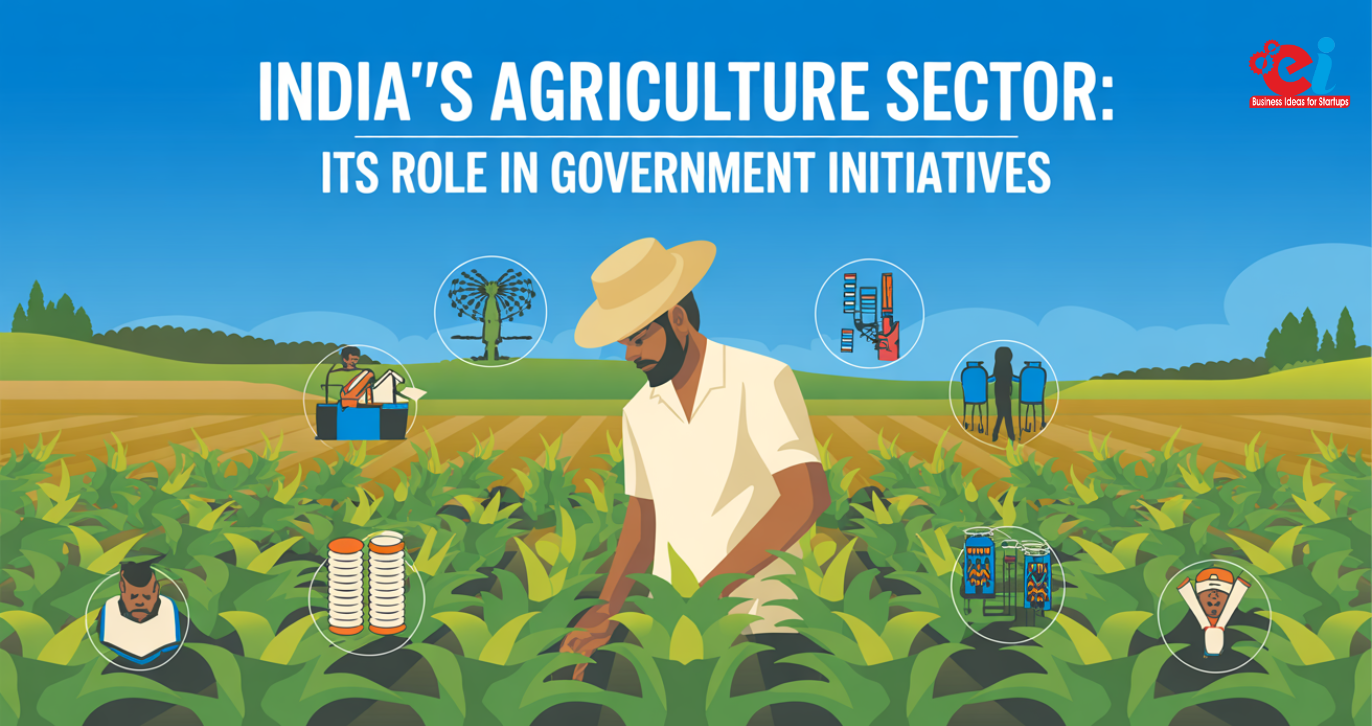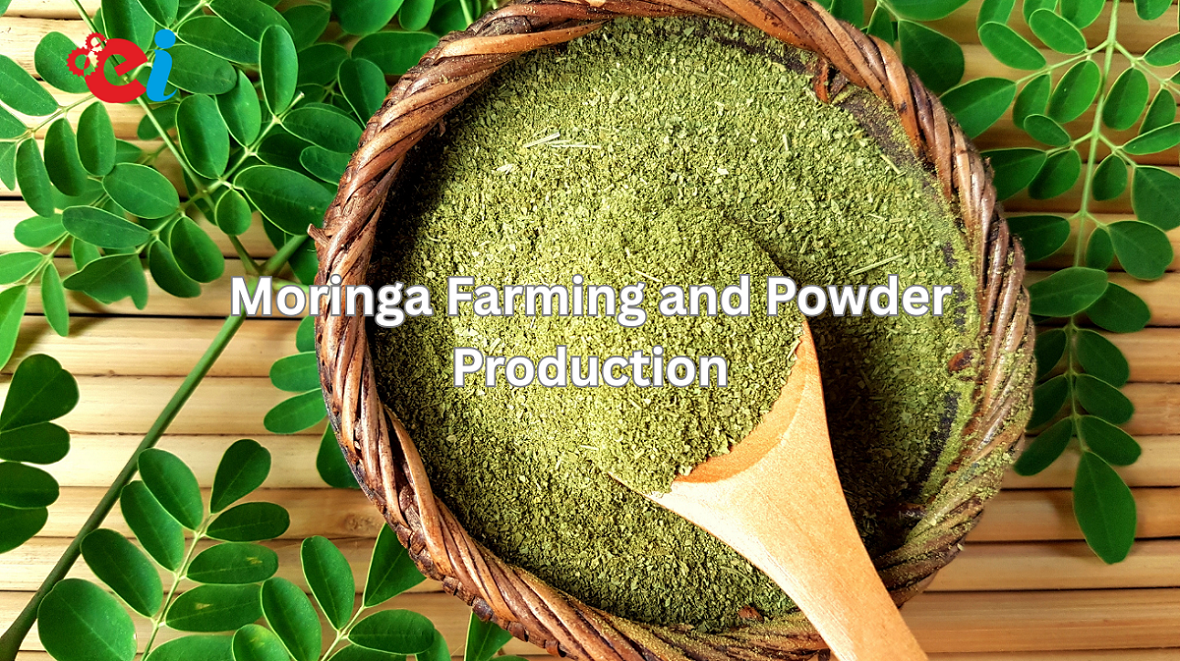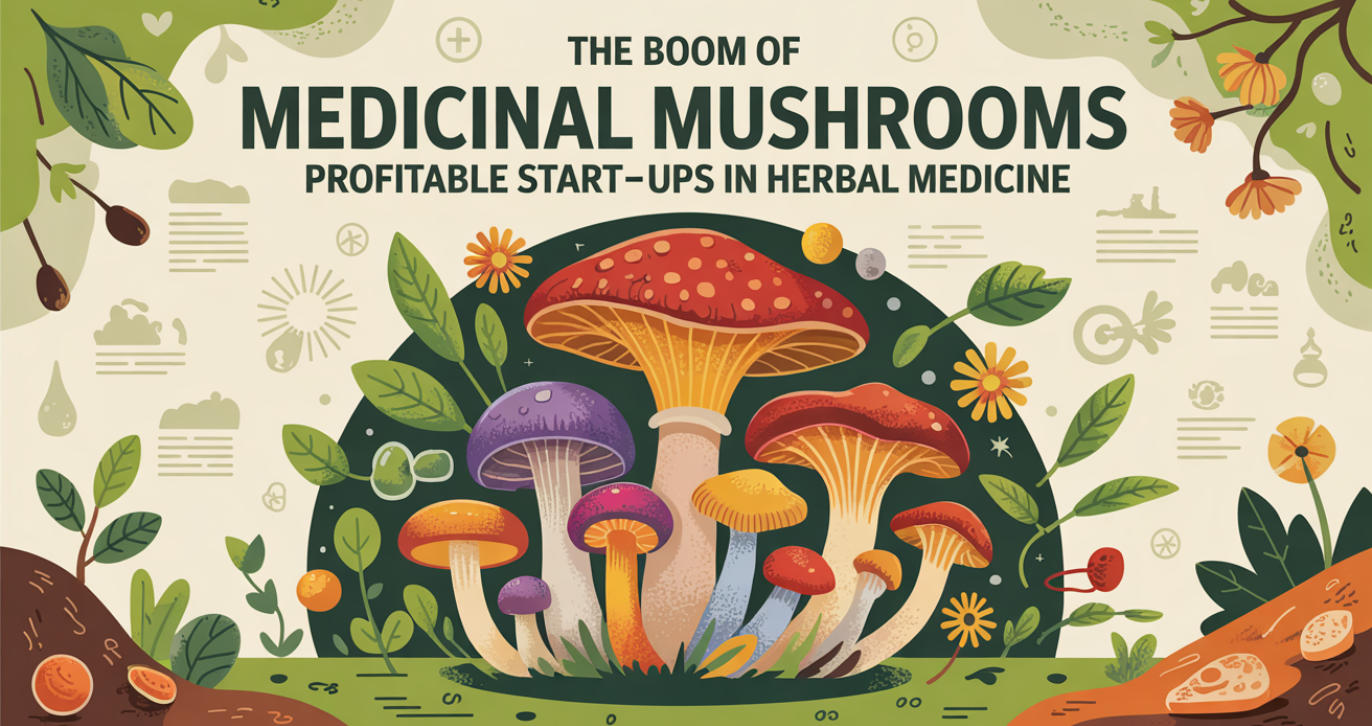The backbone of the Indian economy is agriculture. The agricultural sector supports 60 percent of the population’s lives. Agriculture, by virtue of its important contribution to GDP and exports directly, is an important field for the government to strengthen, either through policy reforms, financial intervention, technological intervention, or by developing infrastructure, or through various programs.
Policymaking Initiatives for Agricultural Sector Policies
1. National Agriculture Policy
Modern technology in farming shall uplift farm productivity and thereby farmers’ income under the National Agriculture Policy (NAP). Developing new technologies for agricultural productivity enhancement is one of the major objectives. Participation of the private sector in agricultural development is encouraged, and the emphasis is laid on sustainable practices that minimize adverse socio-economic and environmental impacts.
2. Minimum Support Price (MSP)
The MSP protects farmers from changes in market prices and ensures there is a fair price for their produce. To guarantee that farmers receive a minimal return on their produce, the government announces the minimal Support Price for several crops each year.
3. Pradhan Mantri Kisan Samman Nidhi (PM-KISAN)
- Assessing the subsistence status of a small farmer, the scheme permits infusing direct payments by the government in small amounts to the beneficiary owners.
- A maximum amount of 6000 rupees is directly transferred to the accounts of millions of farmers in three equal installments throughout the year for assisting with farm-related expenses.
Also Read: How Moringa Farming and Powder Production Can Be Profitable
4. Agricultural Export Policy
- To boost agricultural exports from India, the government has begun an incentive-driven agrifood export enhancement policy.
- This policy will expedite entry for farmers into the waters of the global market, thereby maximizing profit to them.
5. Contract Farming and Market Reforms
- Contract farming refers to an arrangement created between a farmer and a company, wherein the company would assure the price and the sale of the produce.
- In the name of increasing farmers’ access to markets, stock limit restrictions enacted by the Essential Commodities (Amendment) Act have been temporarily lifted.
Financial Aid and Farmers’ Subsidies for Agricultural Sector
1. Subsidized Seeds, Fertilizers, and Pesticides
Subsidized seeds, fertilizers, and pesticides are provided by the government, with their prices subsidized to increase their availability for farmers who strive to produce, hence reducing the weight of production on them.
2. Farmers’ Crop Insurance (PMFBY)
It ensures protection against crop losses caused by various natural calamities, pests, and diseases. The premiums are either fully paid by the government or mostly subsidized, lessening the burden of risk on farmers.
3. Interest-Free Loans and Debt Reductions
Farmers receive interest-free and low-interest loans directly from banks and cooperative societies. The farmers who are unable to repay their loans are given opportunities to waive some of their loans.
Technology Innovations in Agriculture
Digital Platforms for Farmers
Digital platforms and mobile apps have been launched for the benefit of farmers:
- The eNAM (National Agriculture Market) provides facilitation of online trading of agricultural produce.
- The mKisan Portal provides timely weather, market, and other updates.
- The Kisan Suvidha App helps farmers obtain information on seeds, fertilizers, and methodologies of agriculture.
Research & Development
- Organizations like ICAR have developed high-yield and climate-resilient popular crops for higher productivity.
- Due attention is to promoting research in genetically modified crops.
Precision Farming & AI in Agriculture
The applicability of AI, drones, and IoT in Agriculture is experiencing considerable momentum. Following is the list of activities these technologies do:
- Water and fertilizer consumption optimization.
- Crop health monitoring through remote sensing.
- Pest attacks mitigation through predictive analysis.
Mechanization and Farm Equipment Support
The Sub-Mission on Agricultural Mechanization scheme (SMAM) promotes the subsidization of modern farm equipment such as tractors, seed drills, and harvesters to reduce labour dependence.
Infrastructure Development for Agriculture
- Facilities for Irrigation
The Pradhan Mantri Krishi Sinchai Yojana (PMKSY) helps the farmers by providing irrigation facilities through:
- Increasing irrigation coverage.
- Improving rainwater harvesting for water conservation.
- Drip irrigation to minimize water waste.
- Cold Storage and Warehousing
- To reduce post-harvest losses, the government is now:
- Setting up cold chain storages for perishable items.
- Setting up rural Godowns under Gramin Bhandaran Yojana.
Empowerment & Strengthening of Farmer Cooperatives
Farmer Producer Organizations – FPOs
- The government encourages FPOs, which enable small farmers to
- Pool resources for bulk buying and selling.
- Access better credit and government subsidies.
Skill Development & Training
The government organizes training programs on:
- Modern farming technology.
- Post-harvest management.
- Agribusiness entrepreneurship.
Closing Thoughts
The Indian Government has adopted a good strategy toward enhancing the agriculture sector through policy interventions, provision of financial resources, technological advancements, improved infrastructure, and sustainability programs. The sector, however, is marred by challenges such as the vagaries of climate change, very small landholdings, and market inefficiencies. Some of the strategies that the government could employ for addressing the above problems include putting in place an expanded agricultural credit facility for smallholders, incentivizing Agri-tech start-ups towards innovative applications, and improving trade policy for enhanced agricultural exports.
The government-public sector mechanism would be the best collaboration through promisingly increased production as well as resilience of Indian agriculture for global competitiveness. Also, this sector’s strength is quite relevant to farmers’ well-being and development, as it would be crucial to India as a whole in terms of economic growth and food security. A robust and modernized agriculture industry guarantees the nation higher incomes for farmers through efficiency in food production and sustainable growth. Prolonged government intervention together with the involvement of the private sector would make India an ultimate world leader in food production and export.










